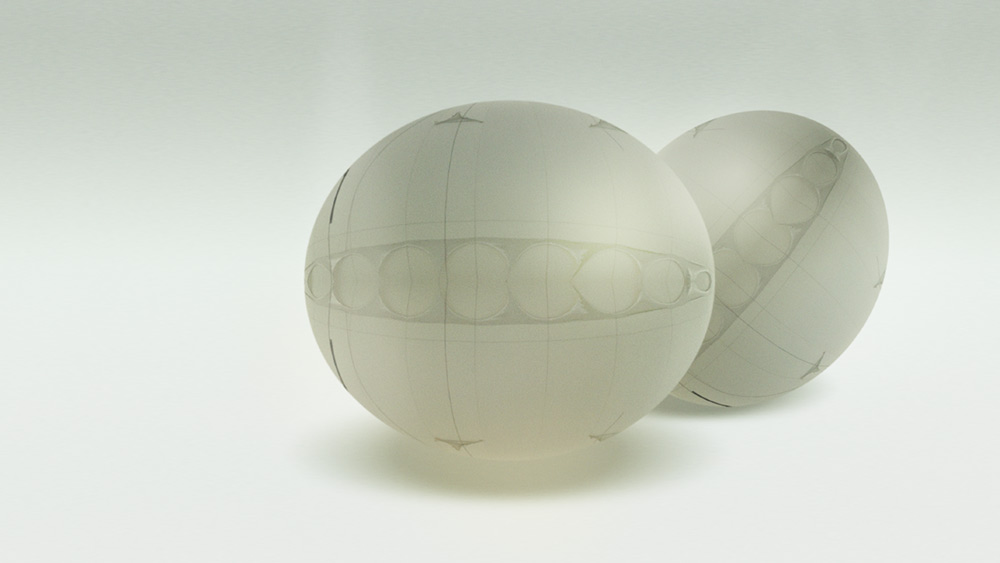To reflect upon the ethics of memory is, at first sight, a puzzling task. This is so because memory is not in the first instance an action, but a kind of knowledge like perception, imagination and understanding. Memory constitutes a knowledge of past events, or the pastness of the past.
Paul Ricoeur’
Spanning almost thirty years, Willie Doherty’s photographic and video installations parallel the trajectory of Derry’s recent history, albeit through a rather more oblique and critical lens than that used by conventional reportage. Hence, a retrospective of this exceptional body of work invites reflections on its role as an eyewitness testimony or aide memoire to a lived reality that has been obscured by political hubris and disinformation. If Doherty’s earlier work may be said to have challenged the assumptions by which social identities are constructed, the artist’s more recent work has sought to engage with the ambivalence of memory as it sustains an uneasy truce between competing socio-historical narratives. As the recurrence of sporadic acts of violence indicate, and to paraphrase James Joyce, for some, the past is consumed in the present, but the present has not yet brought forth the hoped-for future.
But there is a more subtle dimension to Doherty’s imaginative use of the camera: as a perceptual tool in disclosing the forces that shape ordinary lives and their struggle for collective and subjective agency under conditions of social, political and economic stress. In this sense, Doherty’s work becomes less a ‘record’ of the trajectory of Derry’s socio-political history as such than a soliloquy on the efficacy of art as an interventionary and ethical practice in which what is knowable of an image, an event or a place is never given but must be opened up to scrutiny for the viewer. Doherty’s approach is to position us inside the play of differences that Caoimhín Mac Giolla Léith in his insightful essay discusses as ‘dual articulation’: a productive tension between image and image or image and text, between what is and is not present in the visual field, between one temporality and another, between one state of mind and another, and ultimately what these disclose of the ascriptions of self and other.
To speak of Doherty’s work as an ethical practice is to point firstly to the extent to which it has confronted the photographic image itself as a less-than-transparent index of its subject, vulnerable to the abuses of deliberate or unconscious manipulation. So it is worth reflecting briefly on how this applied to film-based photography, and why the notion of ‘Unseen’ has such a powerful resonance throughout Doherty’s work.




